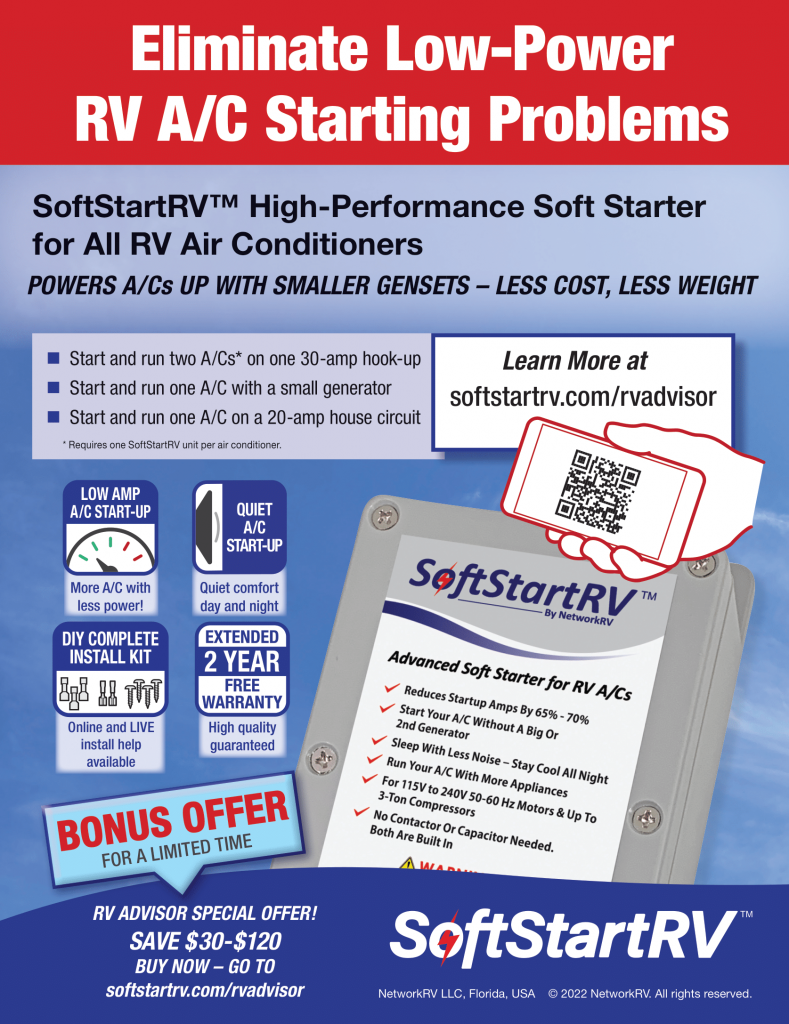The rules of the road can be as mobile as you, so know the hard and fast ones
RVs are subject to plenty of rules that go beyond the usual road requirements. The first rule is the golden one: local, state, and federal laws can impact what’s acceptable and what’s not. The right thing can vary so you must be aware of the regulations in your current location.
Some rules apply no matter where you are. Here are the top ten you should always keep in mind.
1. Safety first
A seatbelt is always a must. Drivers or passengers who forego one don’t face a very high financial fine, and in some states, it’s a secondary offense, meaning an officer can’t pull you over for that issue alone. However, just because it’s a secondary offense in some state, the dangers to your safety and your life are steep. This interactive map will tell you what’s expected and where.
Don’t let the excitement of living on the road make you feel too at home. RV living is all about freedom, but never confuse freedom with risk. Buckle up!
2. Look at your license
You may need a special license to drive your RV. Then again, you might not. It depends on state requirements and the size of your RV. Regulations are ever-changing over time and state lines. Your local DMV is the best place to start for information.
3. Passenger rights (and wrongs)
Your passengers may want to move around the RV while it’s in motion, but that isn’t always safe. Some RV-ers rent a second vehicle to carry others while keeping the RV empty of all but the driver and front seat passenger.
As we said above, seatbelts should be worn wherever they’re available, and for younger children, a car seat can be installed to keep them secure. Any passenger in any vehicle should keep in mind that they may feel stationary, but they’re moving as fast as the vehicle is. If it stops, they’ll be thrown around at the speed prior to braking.
4. Not so fast!
Speed limits change. They can be one thing for car drivers, another for RVers and truckers and may even differ depending on the time of day. This great list lets you know the speed limits for all 50 states as well as any differences relating to mobile homes. The list also makes a good point about RV stability in relation to speed.
5. Stay stable
Keeping your RV under control depends on awareness and multiple time factors: perception, reaction, and braking. The average stopping distance is 500 feet based on those. Be aware and judge the road – and your proximity to other drivers – accordingly.
The term “sail” is parlance among RV-ers for how much sway RVs experience when hit by wind. Winds of 53 mph and upward are cause for taking care especially if the wind is coming from a direction other than dead ahead.
If your RV has an awning or sunshade you roll out, a strong wind could use that to tip your rig when stationary and especially while in motion. It’s a good rule of thumb to be aware of weather conditions where you are going.
6. Don’t overload
RVs are built to be homes on the road, and homes contain a lot of stuff. Your RV’s owner’s manual will give you the safe numbers on how heavy you can go and still be safe. An overloaded RV wreaks havoc on itself and makes it harder to control on the road. Consult this guide to loading lingo for more information and consider sneaky weights that may be holding you down.
7. Never drive tired
If a standard driver can pull over to rest, then RV-ers with homes on wheels have no excuse not to nap! The National Safety Council states that driving tired can is considered to be driving while impaired. Your reaction times will be slow and the danger high if you’re drowsy at the wheel, so stop whenever you aren’t 100 percent alert.
8. Protect your pets
Plenty of us take our animal friends along for the ride, and they depend on us for their wellbeing. Monitor your RV’s temperature and be aware of local wildlife. Make sure your pet is safely crated or secured during travel and know where the nearest vet is.
9. Buy RV insurance
We like to stay neutral in our blogs when it comes to service providers but trust us when we say that RV insurance goes a long way (no pun intended). We recommend picking some up, and we can help you do it.
10. The great wide opening for trouble
Every RV is subject to width, height, and length restrictions. These vary from state to state (sometimes dramatically) but being aware of them keeps you legal and most importantly, safe. Bridges, narrow roads and plain old parking can quickly become a nightmare if you don’t keep your dimensions in mind.
We hope this made RV-ing a little safer. If you want to become a real RV veteran, we’re here to inform and empower you!
RV Advisor is proud to provide our thousands of members with practical wisdom for life on the road. We cover everything from buying new or used, roadside assistance, and where to stop and shop. You can drop by our home page for a live chat or email us at info@thervadvisor1.wpengine.com.































